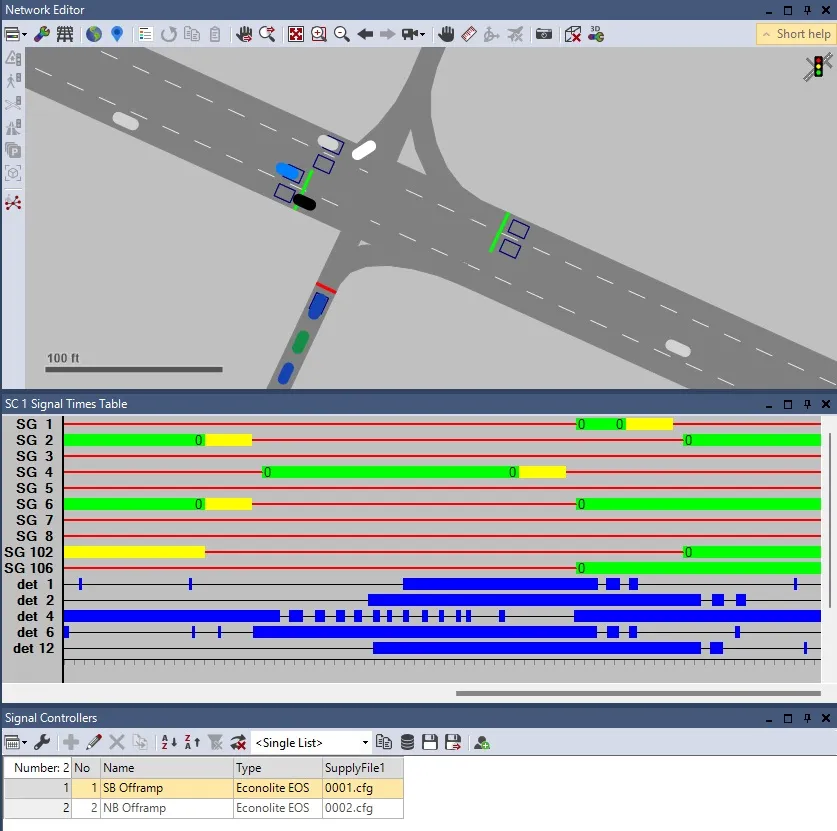McCain has announced its latest partnership with Phoenix Pacific to supply the Honolulu with island-wide local firmware updates. Upgrades to local intersection control software will extend the functionality of their entire traffic infrastructure. McCain has been awarded the contract, which includes updates to approximately 800 intersections’ traffic signal controller firmware, from Program 200 to Program 233. The update will ensure that the entire island’s traffic system runs on the same software. Honolulu’
May 2, 2012
Read time: 2 mins
McCain has been awarded the contract, which includes updates to approximately 800 intersections’ traffic signal controller firmware, from Program 200 to Program 233. The update will ensure that the entire island’s traffic system runs on the same software. Honolulu’s current program, 200, offers a limited level of service, the upgrade to 233 will yield increased functionality and citywide optimisation.
“There are countless benefits to having the entire island operating the same software programme,” said Brian Wagner, ITS solutions manager for McCain. “The upgrade will significantly extend the functionality of signal control operations by providing additional features and coordination parameters.”
McCain’s Program 233 local intersection firmware works on all makes and models of 170 controllers. It presents an advanced feature set that can handle almost any traffic signal operation. The programme is fully compatible with the company’s QuicNet central system software, QuicLoad laptop software, and Program 210/245 field master firmware. Program 233 has been internationally deployed and holds a long history in respect to safety, reliability and efficiency.










